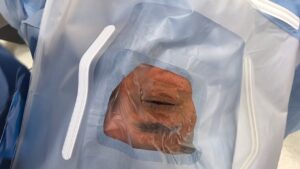(USMLE topics, reproductive system) This video is available for instant download licensing here: https://www.alilamedicalmedia.com/-/galleries/all-animations/female-reproductive-system-videos/-/medias/73349844-d3cc-11e3-b500-f2b86e40979d-the-menstrual-cycle-narrated-video ©Alila Medical Media. All rights reserved. Support us on Patreon and get FREE downloads and other great rewards: patreon.com/AlilaMedicalMedia Understanding the menstrual cycle. The menstrual cycle is a term used to describe monthly events that occur within a woman’s body in preparation for the possibility of pregnancy. Each month, an egg is released from an ovary in a process called ovulation. At the same time, the lining of the uterus thickens, ready for pregnancy. If fertilization does not take place, the lining of the uterus is shed in menstrual bleeding and the cycle starts over. An ovary contains hundreds of thousands of primary oocytes – immature eggs, or ova. Each of these is enclosed in a structure called a follicle, and at this stage — a primordial follicle. The menstrual cycle is under control of hormones secreted by the pituitary gland and the ovaries. The pituitary itself is under control of the hypothalamus. The hypothalamus produces a hormone called the gonadotropin-releasing hormone or GnRH. GnRH stimulates the anterior lobe of the pituitary to secrete follicle-stimulating hormone (FSH). FSH travels in the bloodstream to the ovaries and stimulates a group of follicles to grow. These primordial follicles develop into primary follicles and then secondary follicles. These produce a hormone named estrogen which acts to stimulate the growth of the endometrium — the inner lining of the uterus. The secondary follicles compete with each other and only one of them will survive and become a mature follicle, the rest atrophy and die. The increasing level of estrogen also acts on the hypothalamus and the anterior pituitary to increase the level of GnRH and induce the production of another hormone — luteinizing hormone (LH). A surge in LH secretion triggers ovulation – the release of the egg from the follicle and the ovary. The egg is then swept up by the fimbriae (FIM-bree-ee) and taken into the uterine tube. Fertilization by a spermatozoon, when it occurs, usually takes place in the ampulla, the widest section of the fallopian tube. The fertilized egg immediately begins the process of development while travelling toward the uterus. After 6 days it becomes a blastocyst and is implanted into the endometrium of the uterus. Meanwhile, the left-over of the ruptured follicle has become a corpus luteum which secretes progesterone. Progesterone further stimulates uterine development making it a nutritious bed for the embryo in the event of pregnancy. In the absence of pregnancy, the corpus luteum atrophies and progesterone level falls. This leads to the breakdown of the endometrium, menstruation begins and the cycle starts over. All images/videos by Alila Medical Media are for information purposes ONLY and are NOT intended to replace professional medical advice, diagnosis or treatment. Always seek the advice of a qualified healthcare provider with any questions you may have regarding a medical condition.

Hormonal Control of the Menstrual Cycle, Animation.
- Post author:
- Post published:May 5, 2021
- Post category:Uncategorized
- Post comments:0 Comments
You Might Also Like

Bradley Martyn | Rear Delt work | Shoulder WORK!
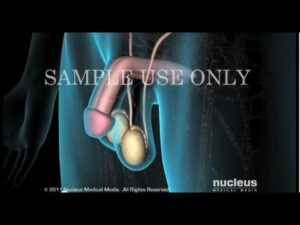
HGH, Growth Hormones & Plant Hormones Video – 48
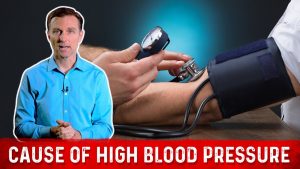
Real Cause Of High Blood Pressure (Hypertension) | Dr.Berg
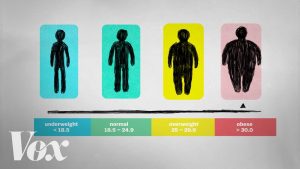
What BMI doesn’t tell you about your health
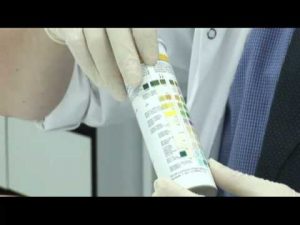
Urine Analysis
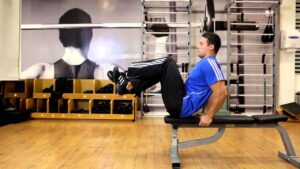
Seated Flat Bench Leg Pull In – Abs Exercise

How Much Protein Do You Need Per Day? | Health and Fitness Tips | Guru Mann

YO Sperm test: They play rugby – but can they swim?
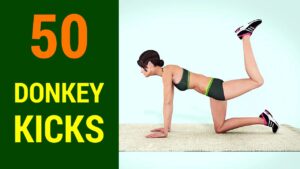
Donkey Kicks-8

GLUTAMINE Supplement Details in Hindi – Use, Benefits and Side Effects – HEALTH JAGRAN
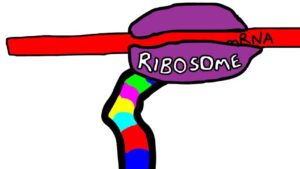
Testosterone & Androgenic Effects Video – 24
Good Morning
Shrugs-8

Phil Heath’s Machine Tricep Dips | Tricep Exercise #3
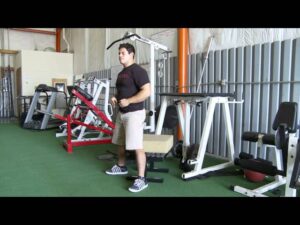
Overweight & Obesity Video – 25

Rowing Video – 1

Garlic Nutrition Video – 1
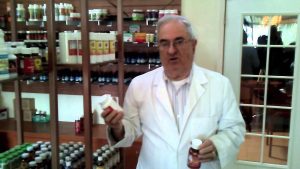
Dr. Michael Martins Tells About Silymarin For Liver
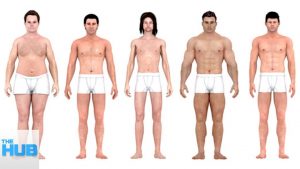
10 Things Your Body Shape Says About You
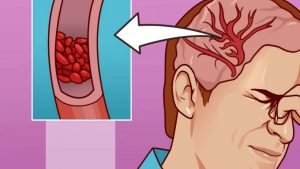
11 Signs Your Body Needs More Magnesium
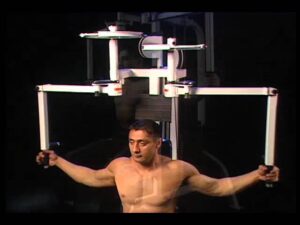
Pec Fly Machine-3
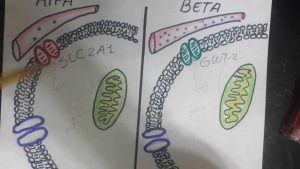
GLUCAGÓN: Secrecion

Basketball Video – 2
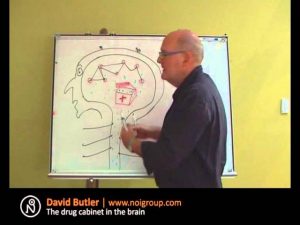
The Drug Cabinet in the Brain

Shiatsu Video – 4
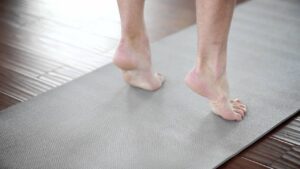
Standing Calf Raises
Kidney Damage
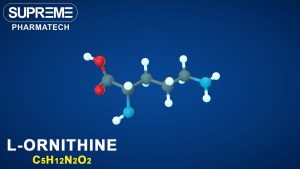
L-Ornithine | C5H12N2O2 | 3D molecule

Clinical Neurophysiology Video – 2
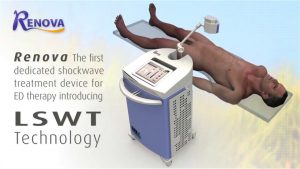
Renova – Linear Shockwave treatment for Erectile Dysfunction
Whey Protein Supplement

5 Vegetables High in Omega 3

Making A Yoga Routine Video – 3
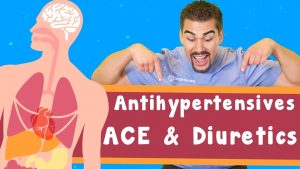
Antihypertensives: volume decreasing: ACE & Diuretics (VOLUME ONLY)
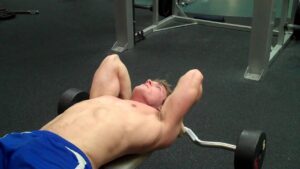
How To: Skull Crushers

How To Workout Hammer Strength Back Routine with Chris R. Rea from ReaShape
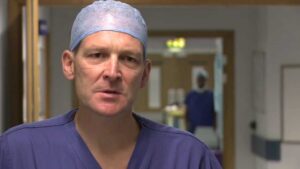
Neurology Video – 3
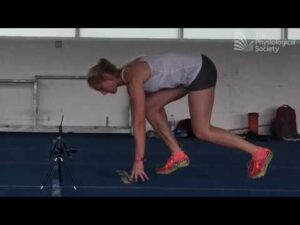
Sports Physiology Video – 3

What Are The Benefits & Side Effects Of Whey Protein | The scientific Truth | BeerBiceps Gym Tips
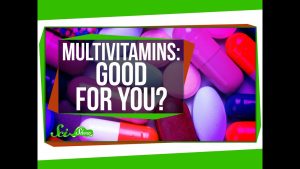
Are Multivitamins Really Good For You?

Fruits Nutrition Video – 2
